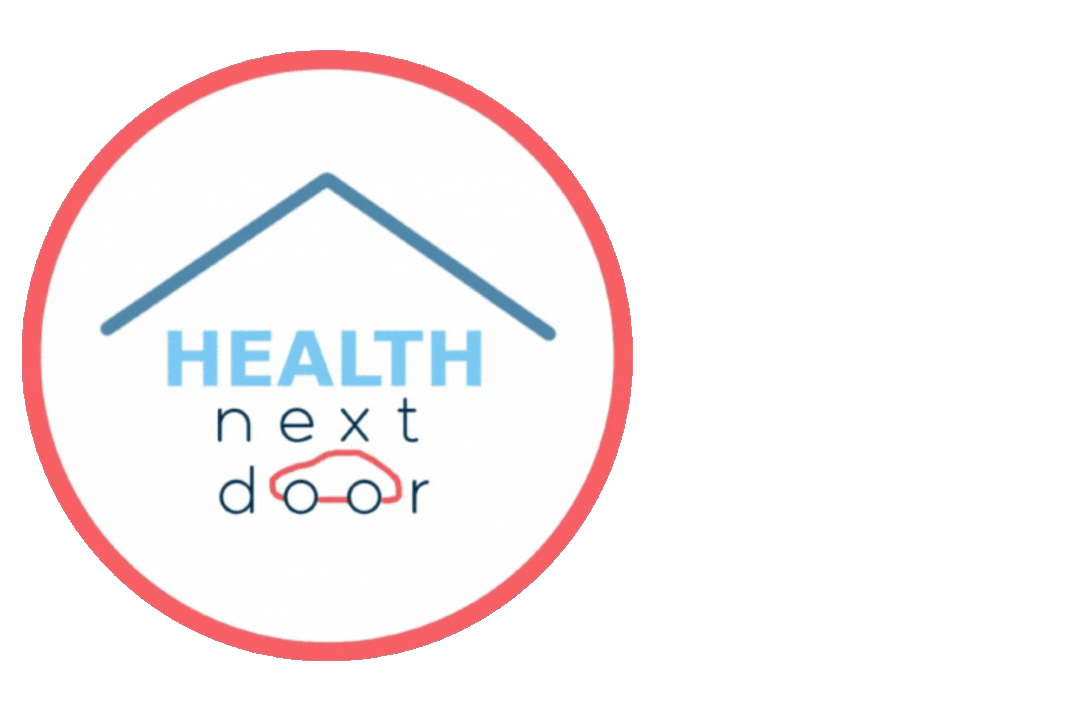What is Vestibular Rehabilitation and Who Can Benefit from It?

Vestibular rehabilitation is a specialized form of physiotherapy aimed at addressing dizziness, balance problems, and other symptoms related to vestibular (inner ear) disorders. These issues can be life-altering, affecting daily activities, mobility, and quality of life.
Vestibular rehabilitation therapy (VRT) employs exercises and techniques tailored to everyone, helping them regain stability and confidence in their movements.
In this blog post, we’ll explore what vestibular rehabilitation involves, the benefits it offers, and the individuals who may find it particularly helpful.
Understanding Vestibular Rehabilitation
The vestibular system, located in the inner ear, plays a critical role in maintaining balance, stability, and spatial orientation.
When this system is impaired, individuals may experience dizziness, vertigo, unsteadiness, and even nausea.
Vestibular rehabilitation aims to address these symptoms through structured exercises and movement retraining.
The goal of vestibular rehabilitation is to promote central nervous system compensation for inner ear deficits, allowing individuals to regain balance, reduce dizziness, and improve their mobility.
By engaging in exercises that challenge balance, eye control, and head movements, people with vestibular issues can effectively retrain their brains to adapt to changes in their equilibrium.
Key Components of Vestibular Rehabilitation
Vestibular rehabilitation often includes the following components:
- Balance Training
Exercises in this category target the balance system and include tasks like standing on uneven surfaces, walking while turning the head, and stepping over obstacles. These help individuals regain confidence in their balance, which is particularly important for fall prevention. - Gaze Stabilization
Gaze stabilization exercises help the eyes and head work together effectively. This often involves focusing on a stationary object while moving the head or following moving objects. Improving gaze control can reduce symptoms of dizziness and disorientation. - Habituation Exercises
Habituation exercises are designed to reduce sensitivity to certain movements or positions that may provoke dizziness. By repeatedly exposing patients to specific movements or postures, the brain can gradually decrease its sensitivity to those triggers, leading to fewer symptoms over time. - Functional Training
Functional training involves exercises that mimic real-life activities. For example, patients may practice bending, reaching, or performing head movements similar to daily routines. Functional training helps individuals regain confidence in their movements, especially those that are essential to daily living.
Who Can Benefit from Vestibular Rehabilitation?
Many individuals dealing with balance and dizziness issues can benefit from vestibular rehabilitation. Here are some common conditions that VRT can address:
- Benign Paroxysmal Positional Vertigo (BPPV)
BPPV is a common inner ear disorder where specific head movements trigger dizziness. Through specialized exercises, VRT can help individuals manage and reduce symptoms. - Vestibular Neuritis and Labyrinthitis
Both of these conditions involve inflammation of the inner ear, leading to balance and dizziness issues. Vestibular rehabilitation can support recovery by helping the brain adapt to changes in the vestibular system. - Post-Concussion Dizziness
People who experience dizziness or balance issues after a concussion may find vestibular rehabilitation beneficial. VRT can address lingering symptoms and help individuals regain stability as they recover. - Meniere’s Disease
Meniere’s disease causes fluctuating episodes of vertigo, hearing loss, and tinnitus. Although VRT cannot cure Meniere’s disease, it can help patients manage symptoms between episodes, improving their quality of life. - General Balance Disorders
Older adults and individuals with balance disorders, regardless of the underlying cause, can benefit from vestibular rehabilitation. By addressing balance issues, VRT can help reduce the risk of falls and increase mobility. - Chronic Dizziness and Motion Sensitivity
People who experience chronic dizziness or sensitivity to motion may benefit from VRT. Therapy can help desensitize the brain to triggers, reducing symptoms in everyday environments.
What to Expect from Vestibular Rehabilitation Therapy
The first step in vestibular rehabilitation is a thorough assessment by a trained physiotherapist who specializes in vestibular disorders.
This assessment will help identify the type and severity of symptoms and determine the most appropriate exercises for everyone. Health Next Door’s mobile physiotherapy service offers this initial evaluation and therapy in the comfort of your own home.
Sessions are personalized, and exercises may be adjusted over time based on progress. It’s common to feel a bit uncomfortable during certain exercises, especially early on, but symptoms usually decrease as the brain begins to adapt.
The therapist will work with the individual to ensure that exercises are manageable and beneficial.
Vestibular rehabilitation can be a gradual process, but with consistency and professional guidance, most individuals notice significant improvement in their symptoms and daily functioning.
The outcomes of VRT vary based on the underlying condition, but many people experience better balance, reduced dizziness, and a greater ability to enjoy everyday activities.
Is Vestibular Rehabilitation Right for You?
If you or a loved one is dealing with persistent dizziness, balance issues, or has been diagnosed with a vestibular disorder, vestibular rehabilitation may be the right solution.
At Health Next Door, our physiotherapists are trained in vestibular therapy and can provide personalised, in-home sessions that cater to your specific needs. By addressing the root causes of dizziness and imbalance, we can help you regain confidence, reduce symptoms, and improve overall quality of life.
To learn more about how vestibular rehabilitation can benefit you, feel free to contact Health Next Door. We’re here to provide support and guide you on the path to recovery.


.png?width=50&height=50&name=WhatsApp_Image_2024-03-29_at_13.48.58_f7740a48__1_-removebg-preview%20(1).png)